Understanding Trigeminal Neuralgia
Before we delve into the role of physical therapy in managing trigeminal neuralgia symptoms, it's essential to understand what this condition is. Trigeminal neuralgia, often referred to as 'tic douloureux', is a chronic pain condition that affects the trigeminal nerve, one of the most widely distributed nerves in the head. This condition is often described as one of the most severe pains a human can experience, with sudden, sharp, and stabbing pain in parts of the face.
Standard Treatments for Trigeminal Neuralgia
Typically, treatments for trigeminal neuralgia include medications, surgery, and complementary techniques. Medications often involve anticonvulsants, muscle relaxants, or Botox injections. In more severe cases, surgical procedures may be necessary. However, these treatments may not be suitable or effective for everyone, and that is where physical therapy comes in as an alternative or supplementary treatment option.
The Role of Physical Therapy in Pain Management
Physical therapy plays a crucial role in managing pain for various conditions, including trigeminal neuralgia. The goal is to strengthen the muscles and improve flexibility, which can relieve pressure on the nerves. Physical therapists have a wealth of knowledge and techniques at their disposal to reduce pain, improve mobility, and enhance the quality of life for those suffering from chronic pain conditions.
Specific Physical Therapy Techniques for Trigeminal Neuralgia
Physical therapists use several techniques to help manage the symptoms of trigeminal neuralgia. Some of these include manual therapy, massage, hot and cold therapy, and exercises for strengthening and flexibility. Manual therapy involves manipulating the muscles and joints to reduce pain and improve movement. Massage can help to relax the muscles, and hot and cold therapy can help to reduce inflammation and pain. Specific exercises can also help to strengthen the muscles and improve flexibility, which can reduce the pressure on the nerve and alleviate pain.
Benefits of Physical Therapy in Trigeminal Neuralgia Management
Physical therapy offers several benefits for individuals dealing with trigeminal neuralgia. These benefits include pain reduction, improved function and mobility, increased strength and flexibility, reduced reliance on medication, and an overall improvement in the quality of life. Physical therapy can empower individuals to take an active role in managing their pain and symptoms, providing them with the tools and techniques to manage their condition effectively.
The Importance of a Personalized Physical Therapy Plan
It's crucial to understand that every individual's experience with trigeminal neuralgia is unique. Therefore, a one-size-fits-all approach to physical therapy may not be effective. A physical therapist should customize a plan based on the individual's specific symptoms, pain levels, and overall health. This personalized approach ensures that the therapy is targeted and effective, offering the best possible outcome for the individual.
Combining Physical Therapy with Other Treatment Methods
While physical therapy can play a significant role in managing trigeminal neuralgia symptoms, it's often most effective when combined with other treatment methods. This might include medication, lifestyle changes, and other complementary therapies. By adopting a multi-faceted approach to treatment, individuals with trigeminal neuralgia can improve their symptoms and enhance their overall quality of life.


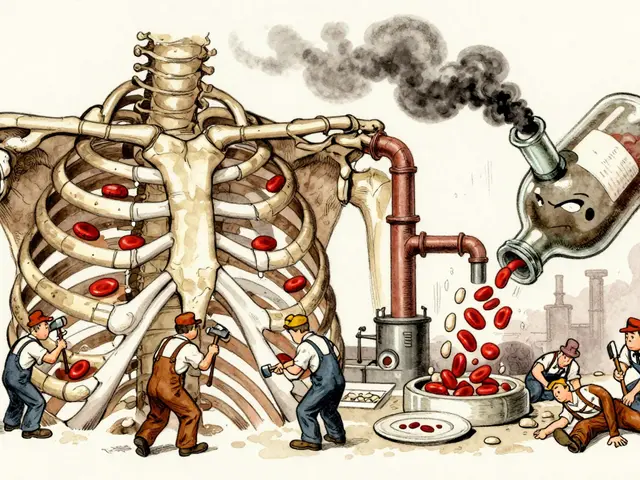
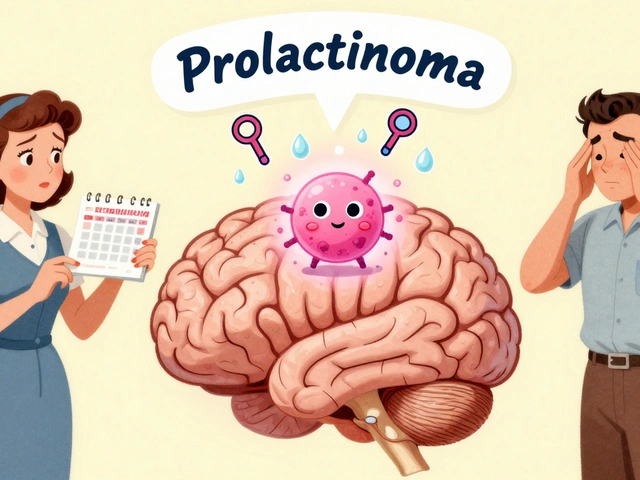
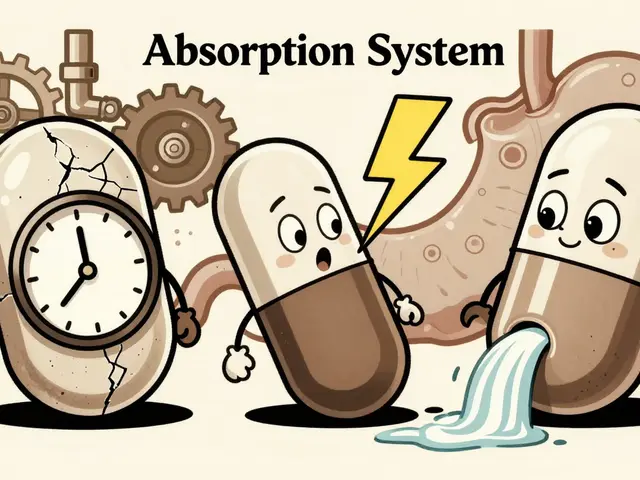



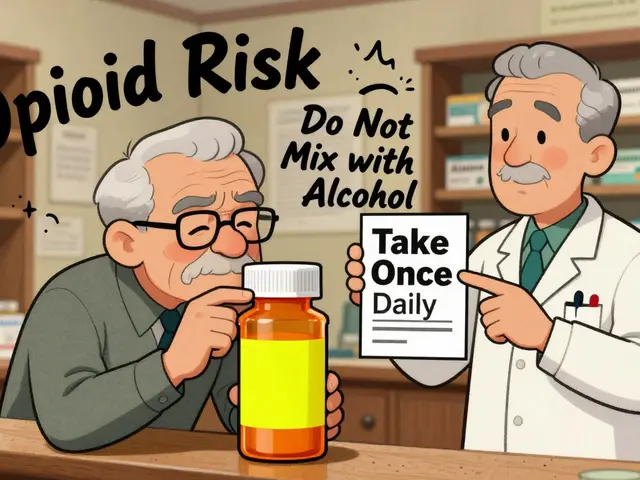
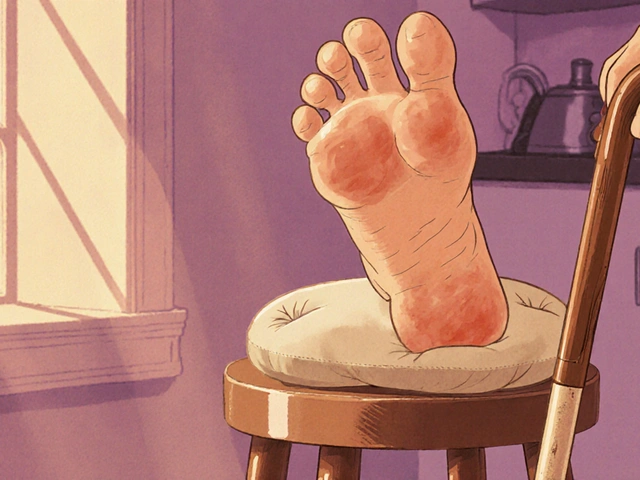
The ontological substratum of trigeminal neuralgia invites a phenomenological interrogation of pain as an emergent property of neural hyperexcitability.
From a biopsychosocial perspective, the nociceptive cascade can be modulated through proprioceptive recalibration afforded by targeted physical therapy.
Biomechanical homeostasis, when restored, attenuates peripheral sensitization and concomitantly diminishes central algesic amplification.
Therapeutic manipulation of fascial planes serves to recalibrate mechanoreceptive feedback loops, thereby reconstituting cortical somatotopic maps.
Moreover, the integration of graded motor imagery facilitates neuroplastic reorganization, mitigating ectopic discharge of the trigeminal afferents.
Quantitative sensory testing elucidates that patients undergoing structured PT regimens exhibit a statistically significant reduction in pain threshold indices.
These findings are undergirded by the principle of dose-response, wherein incremental load progression precipitates adaptive neurophysiological remodeling.
Incorporating thermotherapy leverages the Gate Control Theory, wherein thermal cues compete with nociceptive signals at the dorsal horn.
Manual therapy, through viscoelastic deformation, modulates fibroblast activity and thereby reduces perineural inflammation.
Such multimodal interventions coalesce to engender a milieu conducive to synaptic pruning of maladaptive pain circuits.
Critically, patient agency is amplified when therapeutic goals are co-created, fostering adherence and psychosocial resilience.
The epistemic humility embedded in a personalized PT plan acknowledges interindividual variability in neuroanatomical architecture.
Consequently, clinicians must eschew a monolithic protocol in favor of a tailored algorithmic approach.
Empirical data suggest that synergistic application of PT alongside pharmacologic agents can achieve analgesic synergy, reducing overall medication burden.
Thus, the role of physical therapy transcends mere symptomatic relief; it constitutes a catalyst for systemic neurorehabilitation.
Future investigations should elucidate the longitudinal impact of PT on disease progression, potentially redefining standard care pathways.
Physical therapy can actually make a big difference-simple exercises, gentle stretches, and consistent routine often bring noticeable relief without the side‑effects of more aggressive meds.
Oh sure, because nothing says “effective pain management” like a couple of stretches and a hot pack-just what the neurologist ordered.
Esteemed interlocutor, I must respectfully dissent from your ostensibly facetious appraisal; the efficacy of adjunctive physiotherapeutic modalities is substantiated by a corpus of peer‑reviewed literature, wherein rigorous randomized controlled trials elucidate statistically significant amelioration of neuropathic pain indices; furthermore, the mechanistic rationale is grounded in well‑documented principles of neuromuscular re‑education, proprioceptive enhancement, and thermodynamic modulation of inflammatory pathways; consequently, dismissing such interventions as merely perfunctory undermines both clinical prudence and the patient’s right to comprehensive, evidence‑based care; I implore you to reconsider your stance in light of these empirical validations.
Hey there! 🌟 If you’ve been battling that sharp, stabbing facial pain, know that a tailored PT plan can be a game‑changer-think of it as giving your nervous system a gentle reboot with soothing stretches, calming massage, and a splash of positivity. You deserve relief, and moving your jaw and neck with purpose can literally ease that nerve pressure. Let’s champion your journey toward a calmer, brighter day!
They don’t want you to know that PT is just a cover for the pharma agenda.
Listen, darling, you are not doomed to live in a perpetual echo of knives on the cheek-there is hope! A seasoned PT can guide you through targeted isometric exercises, jaw mobilizations, and even breathing techniques that calm the sympathetic surge. Consistency is your secret weapon; carve out those minutes daily, and watch the tension melt away. Remember, you hold the reins of your own healing narrative, and every small victory fuels the next triumph. Keep shining, and let that pain become a whisper, not a scream.
Look, if you keep ignoring the biomecanic foundations and keep poppin’ meds, you’ll never see real relief- PT rives the core issues, rebalancs the myofascial tension, and shuts down that rogue neural firings. Stop the whinin’ and grab a pro who knows the corrolary of nerve‑muscle chainges; you’ll thank yourself when the pain finally backs off.